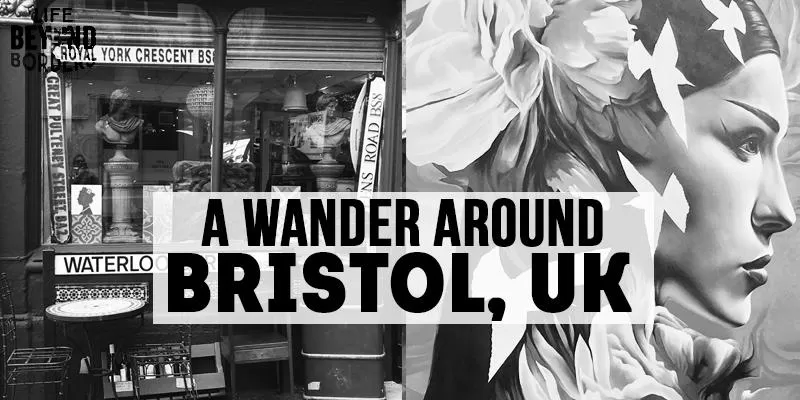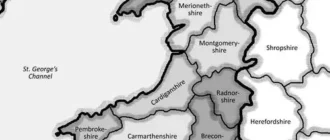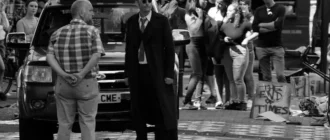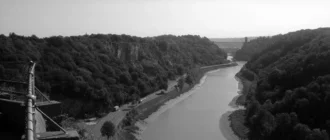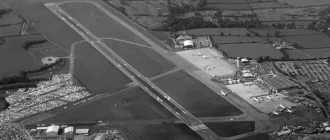Bristol has a long and prosperous maritime history in southwest England. Its city center is now a cultural hub. Its former warehouses have been transformed into restaurants, shops, and cultural institutions. The city also boasts a contemporary art gallery, the Arnolfini.
St Mary Redcliffe
Located in the Redcliffe district of Bristol, St Mary Redcliffe is an Anglican parish church. Just a short walk from Bristol Temple Meads station, St Mary Redcliffe has been a place of Christian worship for over 900 years. Its impressive 12th to the 15th-century church building is an important reminder of the history of Bristol.
In 1571, the St Mary Redcliffe and Temple School were founded in the churchyard. The school and church are closely linked. A bomb hurled in World War II left behind a tramline that once ran through the churchyard. Today, the school is located next to the church.
The parish church of St Mary Redcliffe is a beautiful example of Gothic architecture. Standing for over eight centuries, it features exquisitely carved bosses, beautiful stained glass, and a world-renowned organ. The church was once an important center for shipping and industry. Merchants and sailors would begin and end their voyages at this shrine dedicated to the Virgin Mary.
The Lady Chapel dates back to 1385 and has lovely roof bosses and interesting carvings. The Victorian Quaker William Bennet carved the pulpit and used models of his children and fellow Quakers. In addition, there are over 1200 bosses and unique medieval carvings throughout the building.
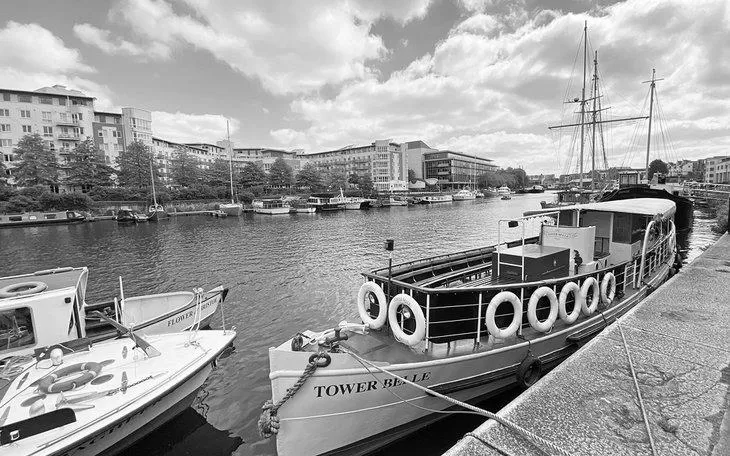
The church is a beautiful example of English Gothic architecture. Queen Elizabeth, I once visited the church. It is considered a proud landmark of the city.
Blaise Castle
Located near Henbury, Bristol, England, Blaise Castle is a Grade II* listed 18th-century mansion. It was constructed in 1766. The Blaise Castle Estate is a popular attraction for both locals and tourists. Visitors can tour the grounds and the castle to learn about its history and current use.
Located on a 650-acre estate, Blaise Castle offers plenty of opportunities for visitors to relax and enjoy the surroundings. The castle is also a fantastic starting point for a hike or walk. The estate is home to an extensive network of footpaths that connect to the nearby Kingsweston Estate and the Severn Way.
Visitors can tour Blaise Castle and its estate, which includes a Neolithic settlement. You’ll also find evidence of Bronze and Iron Age activity. The estate also contains hill forts from the Roman period. The Blaise Castle Estate is open to the public, and bookings are available.
The Blaise Castle Estate also includes a picturesque picture room, which was added in 1832. The gallery contains paintings not part of the Blaise Castle House’s permanent collection. The original images are by William James Muller, a native of Bristol. He was the most famous painter of the Bristol School and worked in oils and watercolors.
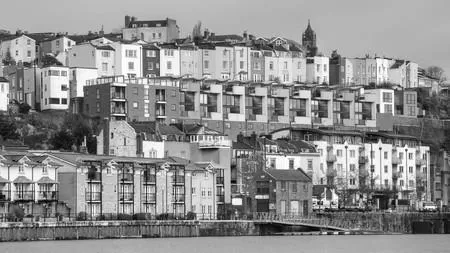
Blaise Castle House sits on a hill and is surrounded by parkland. A late C17 double elm avenue runs through the estate. It is located between Blaise Hill and Kings Weston.
Cabot Tower
The Cabot Tower is a landmark in Bristol, England. It is a grade II listed building located in a public park on Brandon Hill. It provides a magnificent view of the city and is worth a visit. It is home to a restaurant and is ideal for watching the sunrise or sunset over Bristol.
You can enjoy a stunning view of Bristol from the top of Cabot Tower. The building itself is not huge, but the idea is spectacular. The tower is only 10 minute walk away from the city center. It is steep and takes a bit of energy to reach the top, but there are plenty of benches and views of the city below. The Cabot Tower is named after explorer John Cabot and has been designated a grade II building by the English Heritage.
The Cabot Tower is located in South Bristol and is a popular tourist attraction in the city. The building is 32 meters high and is made of red sandstone and Bath cream stone. There are two viewing platforms with iron railings. You can view the entire city from up here. Be sure to visit the tower’s restaurant and cafe on the top.
The Cabot Tower was built to commemorate the 400th anniversary of the famous voyage of the explorer John Cabot, who sailed from Bristol to the New World in 1497. The tower, which is 105 feet high, was completed in 1898. It features a spiral staircase and two viewing platforms for visitors to admire the views.
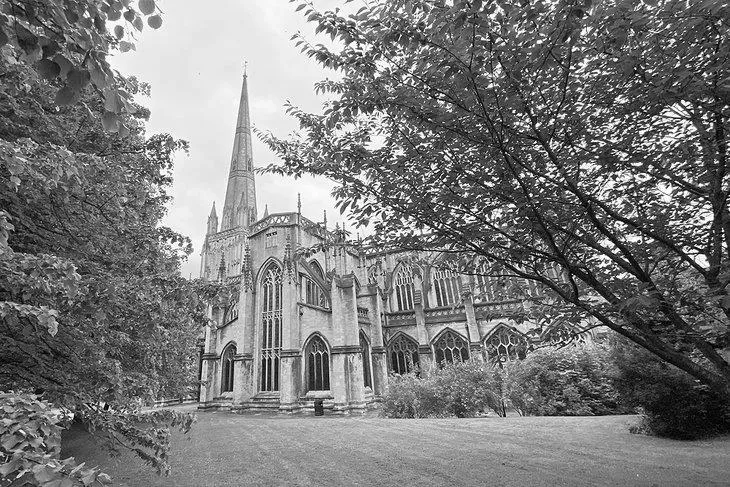
If you have time, climb the Cabot Tower in Bristol, England. It is a historic tower that has a history of its own. The structure was built in the 1890s to commemorate John Cabot’s voyage to North America. The tower was closed from 2007 to 2011 for repairs, but it reopened four years later.
Queen Square
In the center of Bristol is the Georgian park called Queen Square. This area is full of trees and is surrounded by a series of cobbled streets. It is only a short walk from Bristol Temple Meads station. Many of the buildings in the square have listed building status. The Bristol Council runs the park and manages events in the court.
The square was formerly a dual carriageway but is now a tranquil green area. It is lined with beautiful Georgian terraced buildings and has a pleasing symmetry. At the center of the square is an equestrian statue of King William III. It is a popular spot for lunch breaks and sunbathing in the summer. It also hosts several free events.
Bristol City Council published a vision for the area’s regeneration in 1990. This plan’s critical element was removing the inner ring road driven through the square in 1936. The inner ring road was eventually closed, but it took a decade to complete. This regeneration project has now reunited the court with its historical past.
Queen Square is a public green space in the city center. Initially established in 1699, Queen Square followed the examples of fashionable 17th-century London. The architecture was mainly brick with quoins and wood-modillioned cornices. A riot destroyed many buildings in the square in the 1830s, and a dual carriageway bisected the court by the 1930s. It was then surrounded by high-quality commercial accommodation.
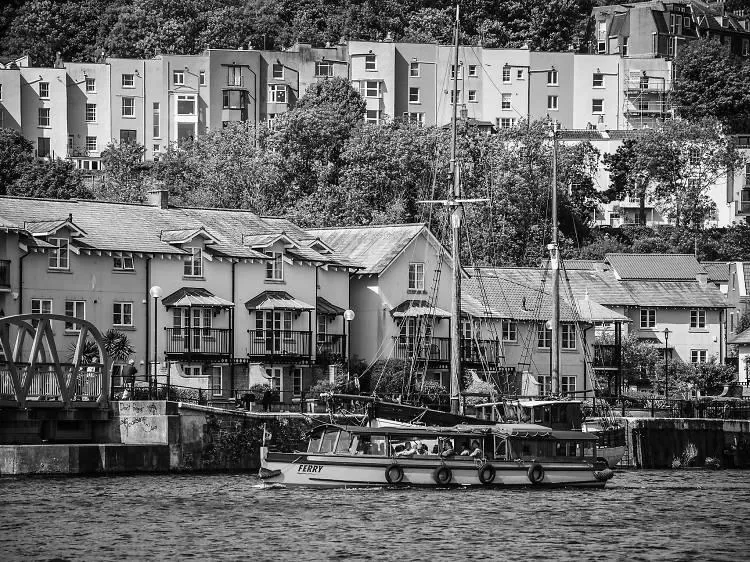
Bristol city center is home to the iconic 66 Queen Square building. It was the first project to be financed by Skanska in the UK. The project involved a Grade II listed building and an adjoining five-story office building. This scheme has achieved a BREEAM Excellent rating. It also incorporated several striking features and won the BIM Project Application Award.
